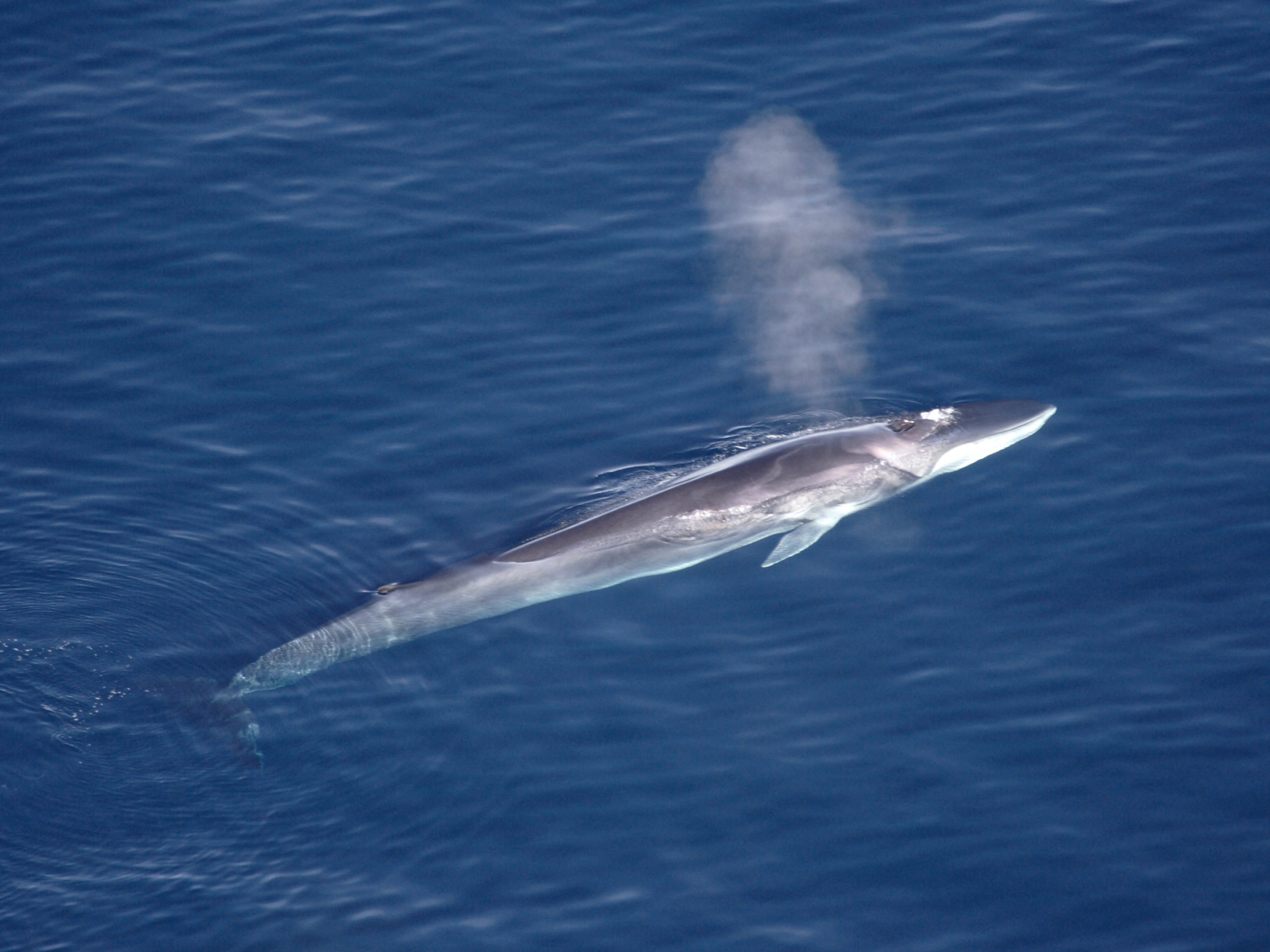An accidental echo
on the line
oscillates
with the baritone
of your misplaced song.
Waves beneath waves
traverse wires crossed
with the rising beat
of the conductor’s
chevron baton.
The reflected signals
of your chorus
reverberate throughout
the deep,
exchanging tones
with every passing
crescendo
as your harmonies
silence our ordnance
with their resonance.

This poem is inspired by new research, which has discovered how whale song echoes can be used to map the ocean floor.
The most common practice for imaging geological structures below the ocean floor is to use loud pulses or ‘shots’ that are produced by using airguns to release air under extremely high pressure, and then monitoring how these pulses are reflected off the ocean floor – with different variations in the reflected sound waves revealing information about what lies beneath. Unfortunately, the loud, repetitive sounds that these airguns produce can result in negative impacts on marine animals. These impacts can include permanent damage to an animal’s hearing, changes in vocalisations which could affect feeding, mating, or navigation, and displacement from habitat. However, new research has found that a more sustainable and environmentally-conscious methodology for imaging these sub-surface structures might come by monitoring the ‘songs’ of fin whales.
Fin whales are dark grey whales with distinctive V-shape markings on their back, and at up to 24 metres in length are the second-largest species on Earth after the blue whale. They also produce low frequency vocalisations that can be heard up to 1,000 kilometres away, making them one of the most powerful biological sounds in the ocean. Ocean-bottom measurement stations that are designed to monitor earthquakes, often pick-up these vocalisations and while researchers have previously used these recordings to track fin whale movements, this is the first-time that whale calls have been used to study the structure of the Earth. Rather than ‘songs’, the vocalisations of the fin whales are more like a series of clicks that can last for several hours at a time, with part of the energy from these clicks travelling through the ocean as a seismic wave. This wave then travels through the oceanic crust, where it is reflected and refracted by the sub-surface structure, and when it is detected again it can reveal information about the structure of Earth, just like the pulses from airguns. Whilst this method of observation is of lower resolution than that produced by airguns it is far less invasive and is also less expensive. As such it presents a complementary method to more conventional studies for understanding what our planet looks like beneath the surface.
Discover more from The Poetry of Science
Subscribe to get the latest posts sent to your email.
Thanks for both the interesting information, and the poem that was also good to hear.
Thank you Moira 😀
thank you for the poem a treat on another wet Friday. C
Thank you. 😀